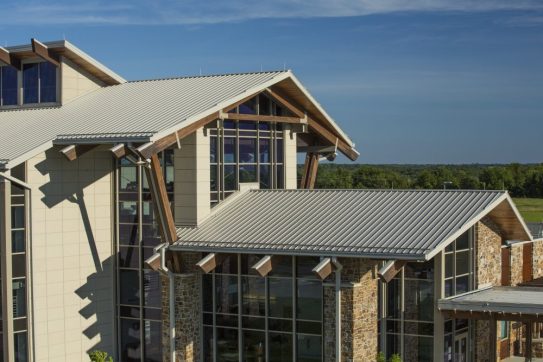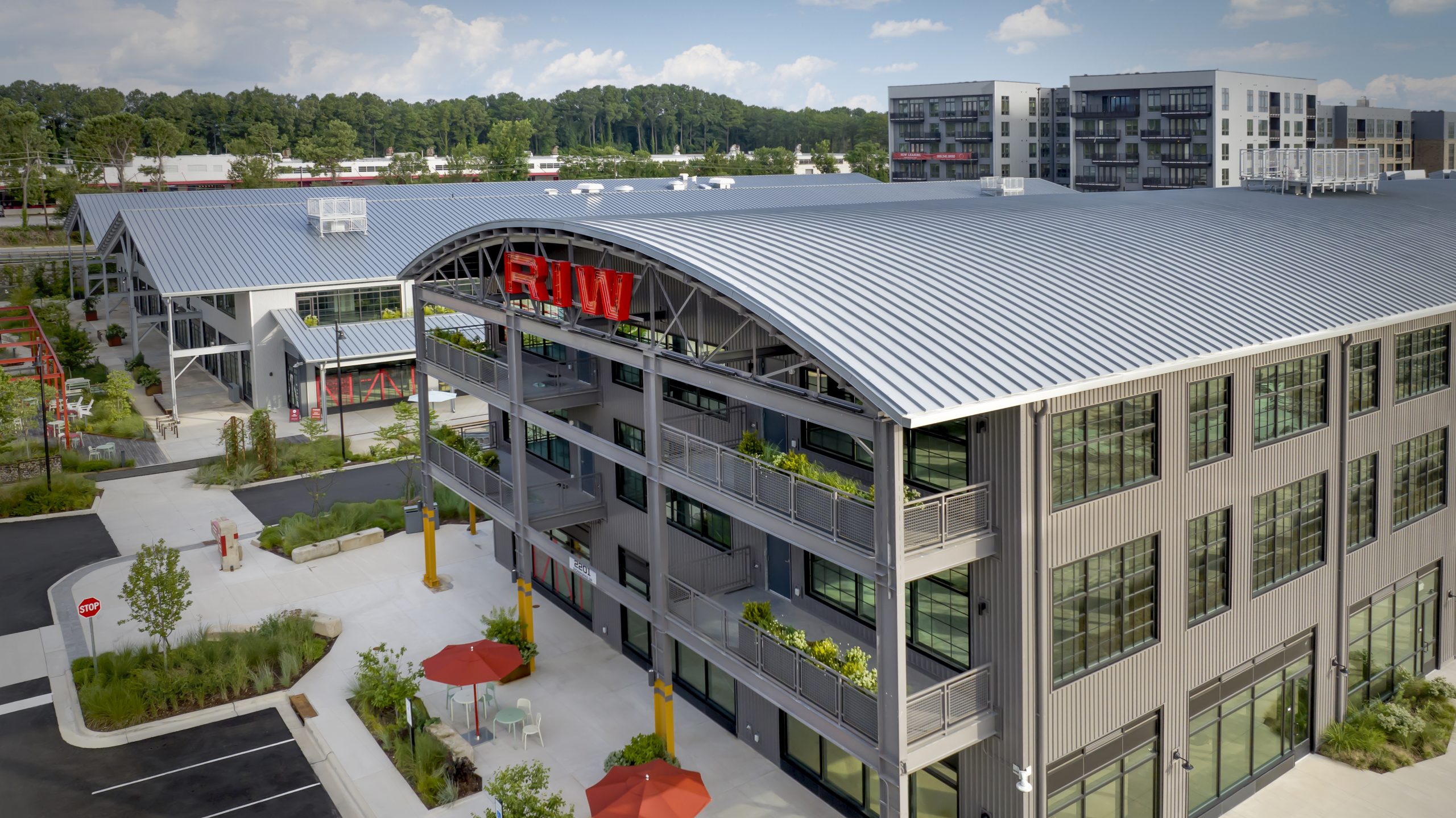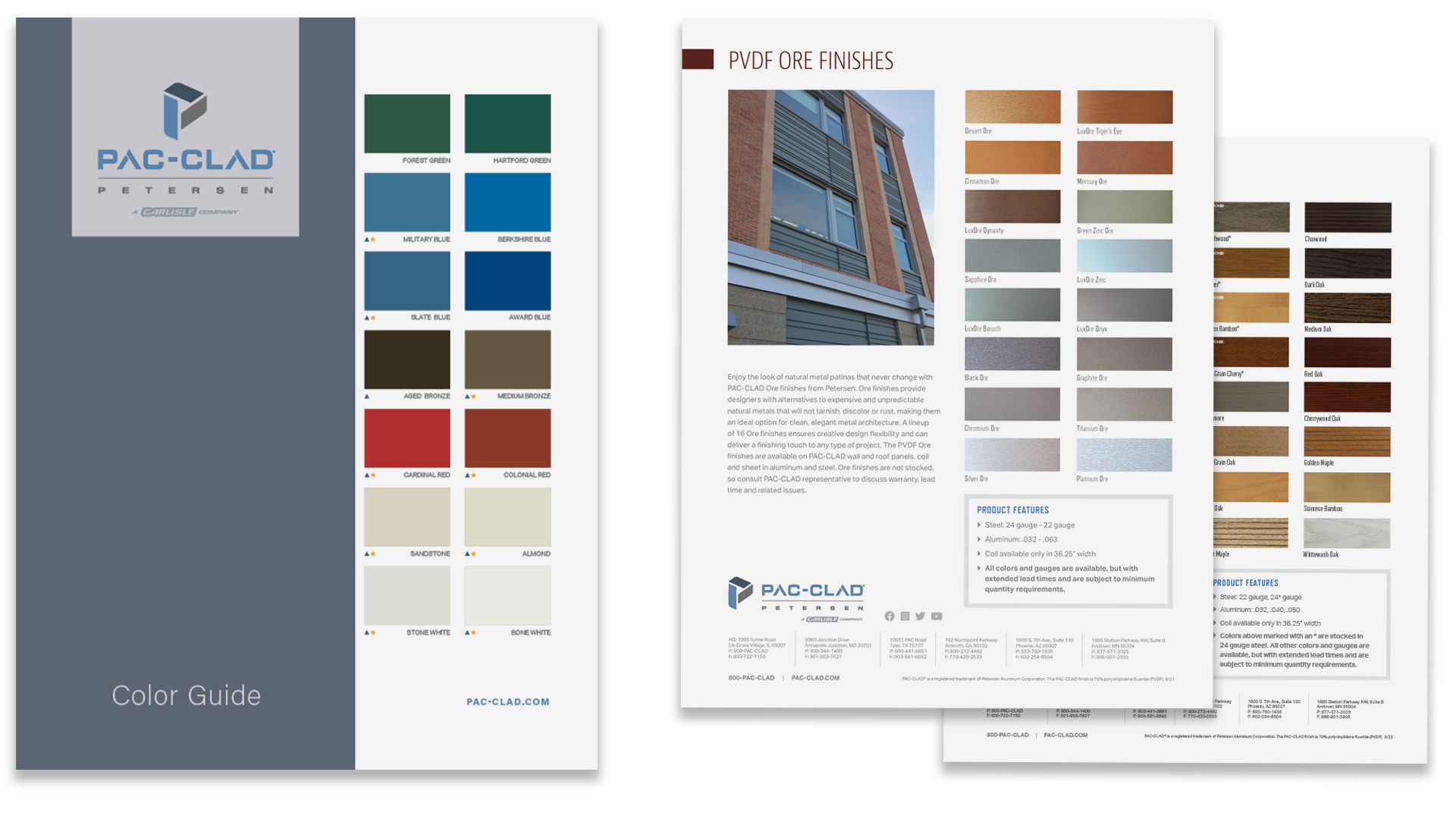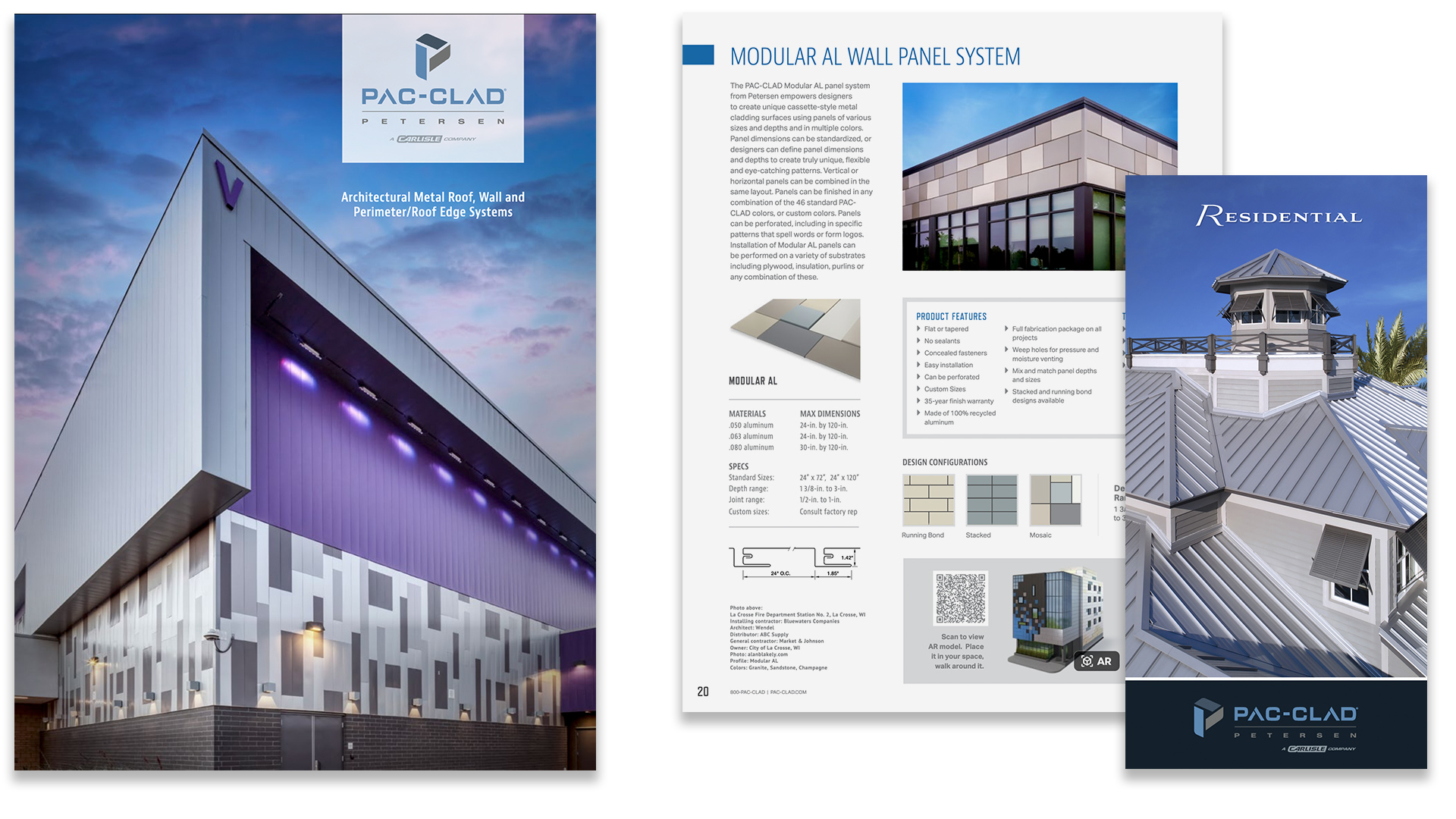Health facility’s LEED Silver design reflects Cherokee history, building materials
The new Vinita Health Center is a sparkling addition to the Cherokee Nation Health System, the largest tribally-owned health care system in the United States. The architecture of the 92,000-sq.-ft. facility located in Vinita, Okla., reflects Cherokee history and employs construction materials commonly used during and after the Civil War, an important era in the Cherokee Nation.
“The concept for the Vinita Center started with the idea that architecture should be familiar to the local population,” said Breck Childers, project architect, Childers Architects in Fort Smith, Ark. “At the same time, it should reflect the culture and values of the people it serves.”
The design particularly references an important timeframe in Cherokee Nation history when Cherokees fought on both the Union and Confederate sides of the Civil War. The Vinita Health Center is adorned with original Cherokee art and lithographs depicting events during that period and how they affected members of the Cherokee Nation. Two significant battles were fought at nearby Cabin Creek, pitting Cherokees against Cherokees. After the war, the 1861-1880 timeframe became known as a time of “Fighting and Healing” when Cherokee Nation brought about reconciliation.
“The design was truly inspired by the ‘Fighting and Healing’ era,” Childers said. “The structures of that timeframe relied heavily on wood and stone construction materials. We added the metal roof because of its durability and the desire to be consistent with the standing seam roofs generally used on most other Cherokee Nation buildings.”
The facility is the system’s second largest center and replaces a previous 4,000-sq.-ft. clinic. The new center is located on a 23-acre site and offers a complete range of comprehensive medical care. Approximately 43,500 sq. ft. of PAC-CLAD Snap-Clad panels was installed on the structure’s roof. The 22 gauge, 12-in. wide panels were finished in Petersen Aluminum’s Cool Color Granite and fabricated at the company’s Tyler, Texas plant.
The PAC-CLAD Granite color differs from the customary dark green color used on most other Cherokee Nation buildings. “We selected the lighter PAC-CLAD color to help us go after LEED Silver Certification,” Childers said. LEED Silver certification is in progress. Other sustainable features contributing to the LEED status include locally sourced materials, natural daylighting, low-flow fixtures, energy-efficient lighting and drought-tolerant landscaping.
Installation of the panels was completed by Harness Roofing in Tulsa. “There was a lot of complicated detailing on the job,” said Harness branch manager Jason Irvin. “We field-fabricated a complex gutter design including custom downspouts and an internal gutter system on a major part of the building. The architect was very involved in the design and installation.”
“Harness Roofing did a superb job on the detailing,” Childers said. “We also designed an inverted roof for certain areas and Harness really rose to the challenge. We worked closely with them – it was a good team. The job really turned out great!”























